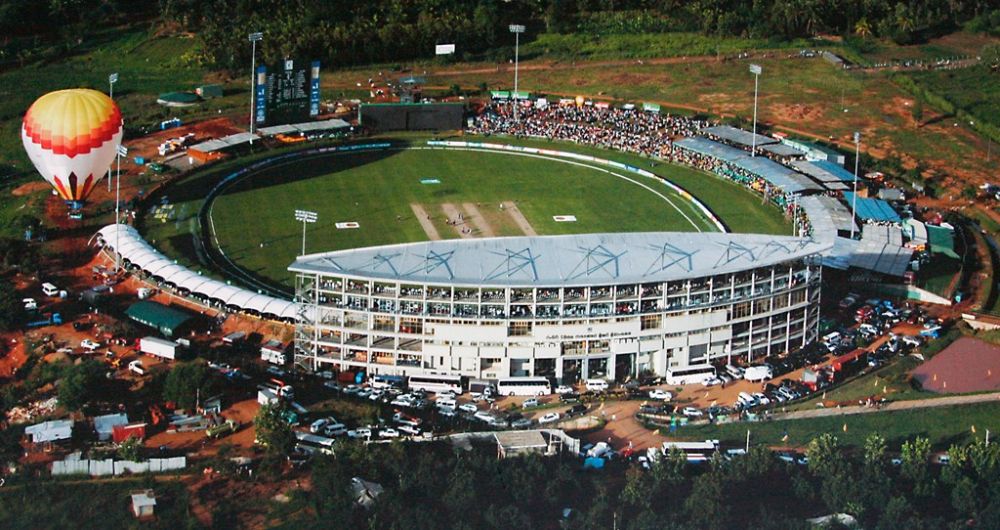

The Rangiri Dambulla International Stadium is not only a premiere cricketing venue in Sri Lanka but also a significant tourist attraction due to its picturesque setting and historic significance. The stadium is famously located in the Central Province of Sri Lanka, in the town of Dambulla, an area known for its rich cultural heritage and stunning natural beauty.
Constructed in 2000, the Rangiri Dambulla International Stadium quickly made its mark in the cricket world due to its unique location surrounded by jungles and overlooked by the Dambulla Rock and the famous Dambulla Cave Temple, a UNESCO World Heritage site. The stadium was built with the intent to promote cricket throughout the country and has since hosted numerous domestic and international cricket matches, including ODIs and Twenty20 Internationals.
The town of Dambulla has been a focal point for tourists for many years, primarily due to its ancient Buddhist cave temples dating back to the 1st century BC. The temples feature impressive murals and statues, attracting not just pilgrims but also historical and cultural enthusiasts from around the world. Dambulla’s Golden Temple is also a significant landmark. As tourism in Sri Lanka expanded, Dambulla’s prominence grew, with visitors combining their cultural excursions with sporting events.
In recent years, sports tourism has become increasingly popular, with fans traveling to exotic locations to catch live sporting events. The Rangiri Dambulla International Stadium contributes to this trend, as cricket fans often plan their visits to coincide with match schedules. Accommodation options in Dambulla have expanded to cater to this demographic, ranging from budget-friendly guesthouses to luxury resorts.
Eco-tourism is also on the rise, and Dambulla offers a perfect blend of cultural heritage and natural attractions, including the nearby Minneriya National Park, known for its elephant gatherings. Tourists are increasingly interested in cultural tours that include Dambulla’s cave temples, alongside other historical sites in the Cultural Triangle of Sri Lanka.
Travelers are also seeking experience-based travel, looking for authentic interactions and experiences. In Dambulla, visitors can engage in traditional Sri Lankan cooking classes or meditation sessions with local monks, enhancing their understanding of the local culture and lifestyle.
The Rangiri Dambulla International Stadium, while primarily a sports venue, is intricately linked to the broader tapestry of Dambulla’s tourism and cultural appeal. With both historical and modern attractions, Dambulla continues to draw tourists who appreciate the convergence of sports, history, nature, and culture.